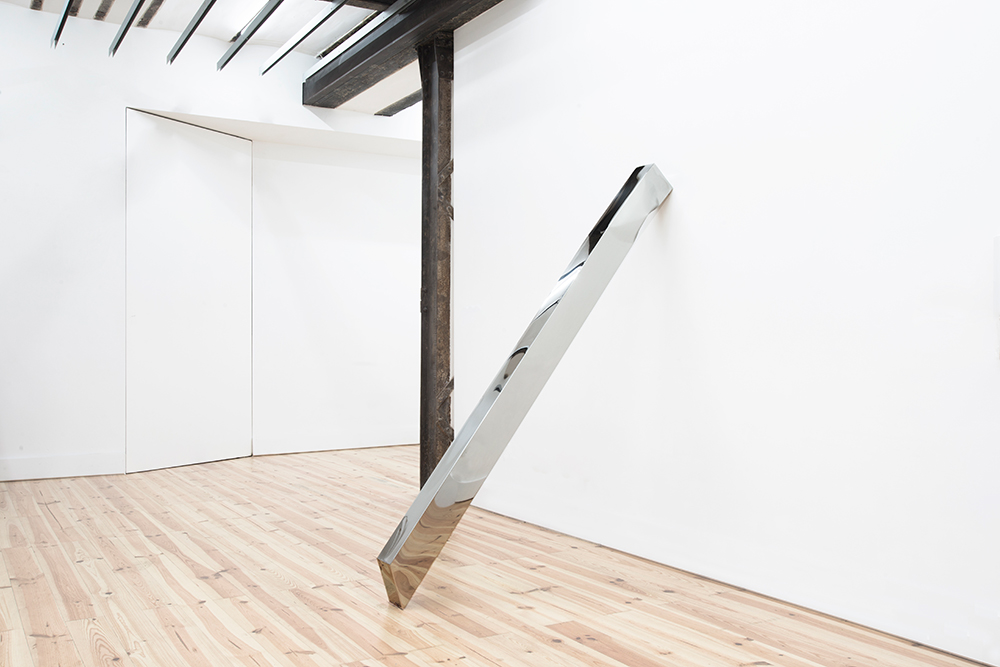
Apenas um Oceano Entre Nós | Well, Its Just An Ocean Between
Platform, cultural producer and contemporary art gallery TAL founded in 2010, in Rio de Janeiro,is expanding its territory and came to Portugal in 2017. For the exhibition Well, It’s Just an Ocean Between TAL invited Jacaranda - a crossmedia art platform created to promote Brazilian Contemporary Art in the international art circuit -, proposing a dialogue between four contemporary Brazilian artists (Carlos Vergara, José Bechara, Raul Mourão and Cabelo) and four contemporary Portuguese artists from the new generation (João Paulo Serafim, Paulo Arraiano, Sandra Baía and Pedro Batista). Well, It’s Just an Ocean Between is an exhibition that brings together the wishes and artistic practices of two countries so close even 4040 nautical miles away.
Plato's philosophy was expressed and transmitted through dialogue, having in its origin the dialectic, that is, the "path between ideas" that is drawn methodologically through oppositions and contradictions of ideas, which lead us to new ideas. Dialogue, with Plato's Dialogues, thus emerges as a form of creation. Between Brazil and Portugal, the dialogue has crossed, through the centuries, sinuous paths. Between guilt and redemption, the historical reason will always refer us to the silences that colonial behavior imprinted both in the distant past, as in a present marked by the mnemonic scar. It is difficult to find another way of communicating the works of these eight artists exposed, if not by the dialogical way, finding points in common, divergent points, mirrors, symbioses, analogies, dichotomies. " Two monologues never made a dialogue." (Edward A. Murphy).
Carlos Vergara | João Paulo Serafim
The work of Carlos Vergara (Rio Grande do Sul, 1941) embodies a perspicacious phrase of Goethe: "Nature and art seem to move away, but before we think it they have already met." Like Nature, his artworks assume its unpredictability. In his pictorial registers Nature enters the color, draws the form, sculpts the two-dimensionality. When the works are transported to the museum environment, the natural oxidations, the botanical DNA, and the animal tracks that so often inhabit his body of work are restless. It seems to find no cataloging in the collections, reserves and archives of museological institutions so often scrutinized in the work of João Paulo Serafim (Paris, 1974). There, we find frozen, in aesthetically serene images, the historical and sociological riots trapped in silent surroundings, embraced by relative humidity and temperature. Nature is almost always superior to itself.
José Bechara | Sandra Baía
The course/route of José Bechara (Rio de Janeiro, 1957) stresses between the two-dimensional and three-dimensional planes, transmuting from one to the other in an excellent way. Complementing each other, integrating each other. In painting and in sculpture, filling spaces or emptying them is done in a geometrically existential way. In Bechara there is an accidental balance that is supported by the pieces of Sandra Baía (Lisbon, 1968): interiors that show itselves, exteriors that wants to hide, irregular formalism. The volumetries of Sandra Baía hide the fragility of those who are mirrored and face-to-face with human vulnerability. And when this encounter takes place, the matter bends over itself. The sculptures bends, crinkle and sometimes ashamed of (itself).
Raul Mourão | Paulo Arraiano
Raul Mourão (Rio de Janeiro, 1967) and Paulo Arraiano (Cascais, 1977) in different but complementary ways find in space an absence of centre. Raul Mourão through steel, iron and plastic tubes defies the force of the movement giving shape to empty planes that only seem fragile and that sway each other. Sculptures where speed stops to be speedy, and where apparent equilibrium constantly interrogates us. The artworks of Raul Mourão never end in its physical borders, those that Paulo Arraiano outlines so subtly in his work, not only pictorial. The physical and immaterial territories collide in an orbital way with emotions. Post-human sediments that interrogate the root, Nature, and the gravitational essence of a body. Digital communications crossed between Earth and Heaven in an abstract landscape, act of Being.
Cabelo | Pedro Batista
in this show, the urban aesthetics gathers the artistic paths of Cabelo (Cachoeiro do Itapemirim, 1967) and Pedro Batista (1980). Firm but wavy traces, trimmed by primitive improvisation. They are still raw images with a palette of color that seduces us. Cabelo gets carried away by funk, Pedro Batista by hard-core punk. There is a territorial dimension that delineates the work of both artists and the street dictates the coordinates. It is the space of dreams, of freedom, of the endless sequence of paths, crossroads and alleys. Errors and accuracy, leaving and not returning.
"The dialogue must be simply a sound, among other sounds, just something that comes out of the mouths of people whose eyes tell the story in visual terms." (Alfred Hitchcock)
Cláudia Camacho

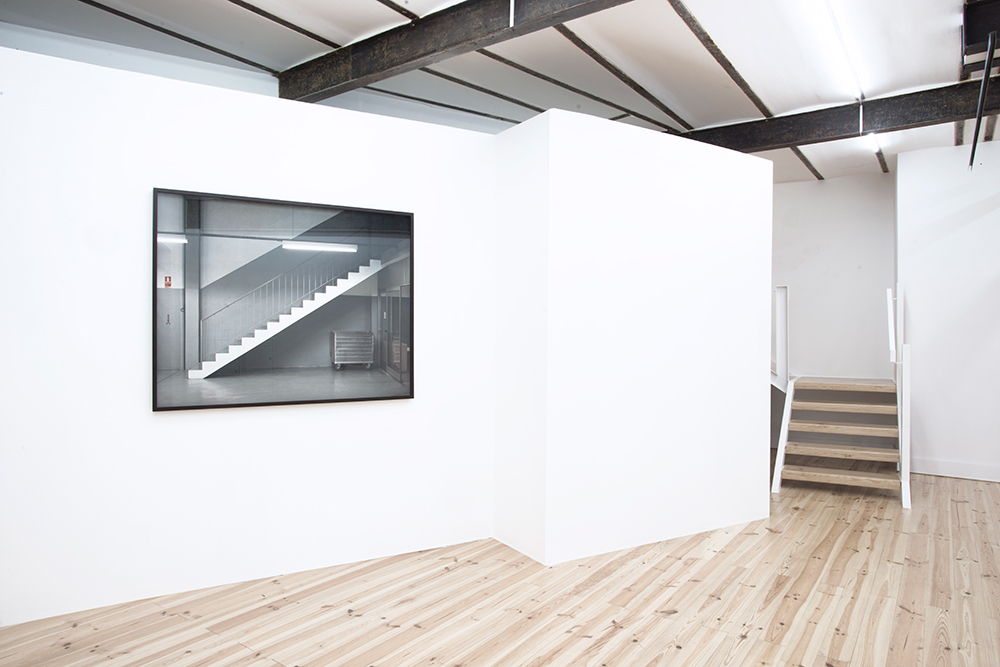
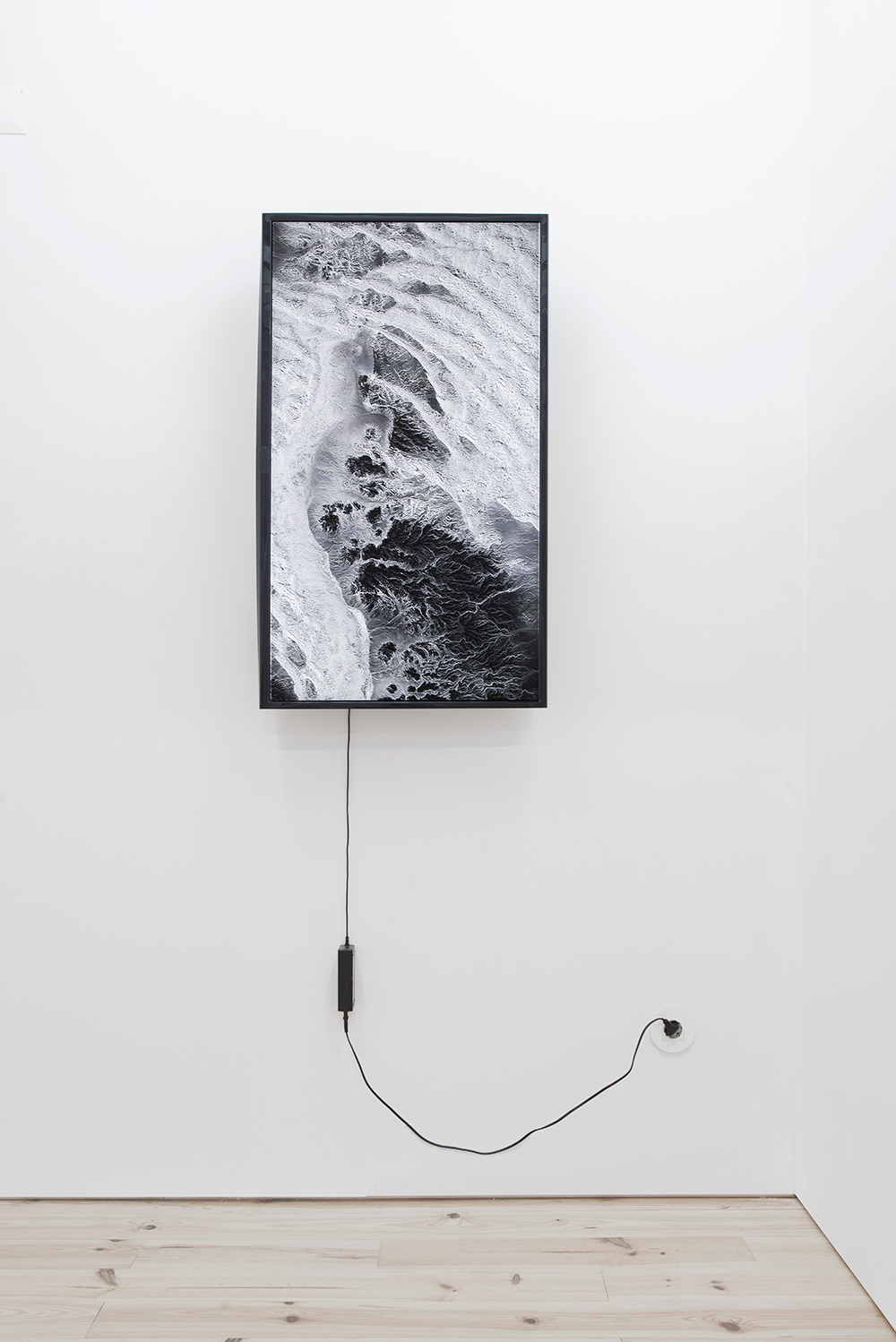
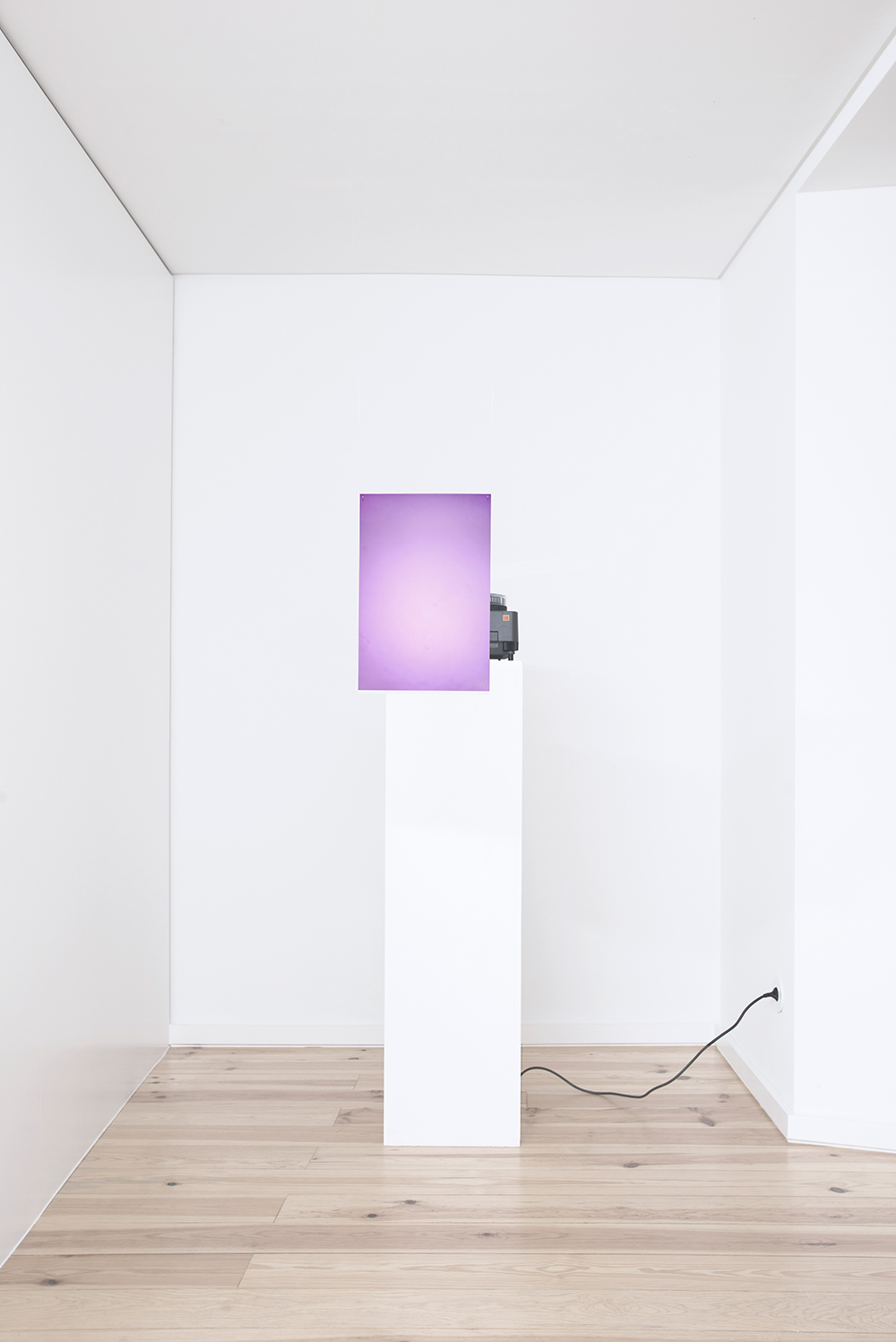
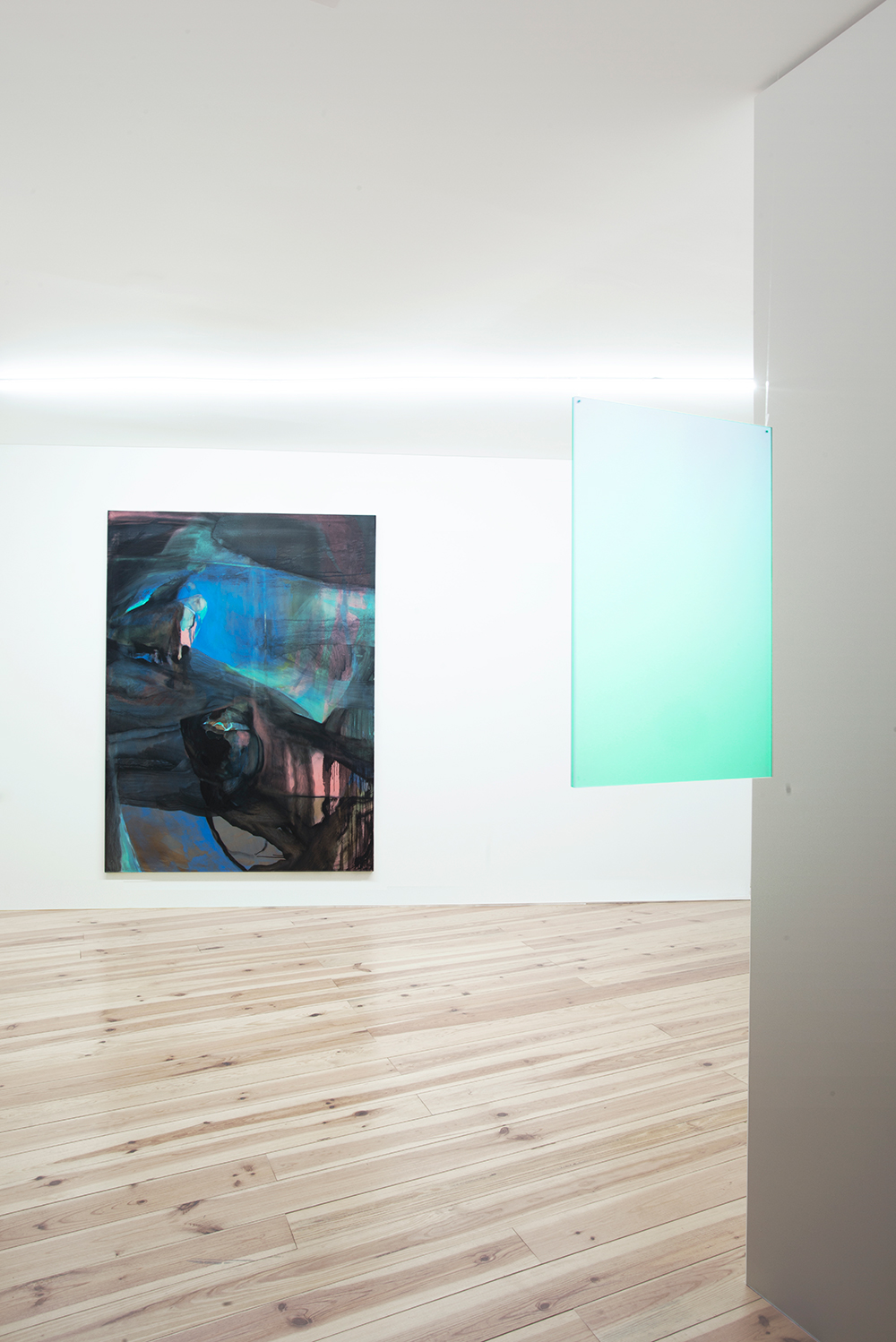
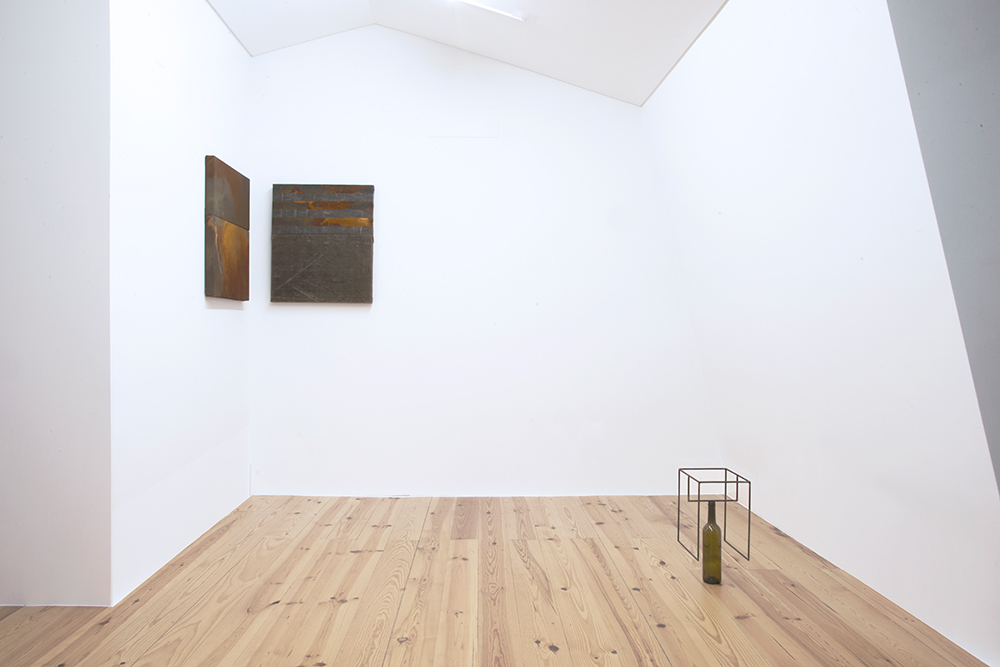
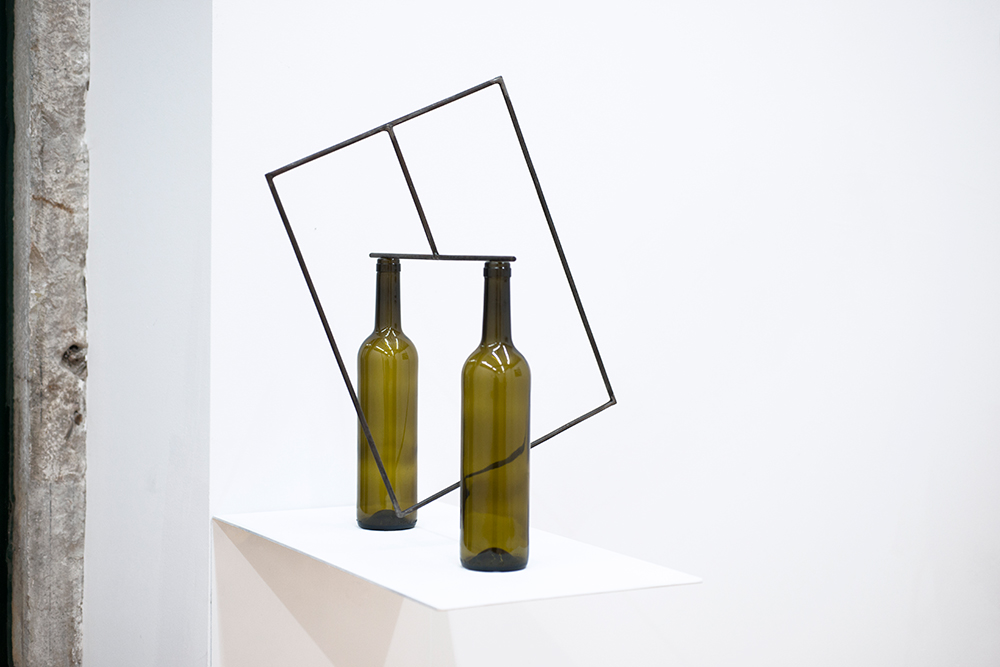
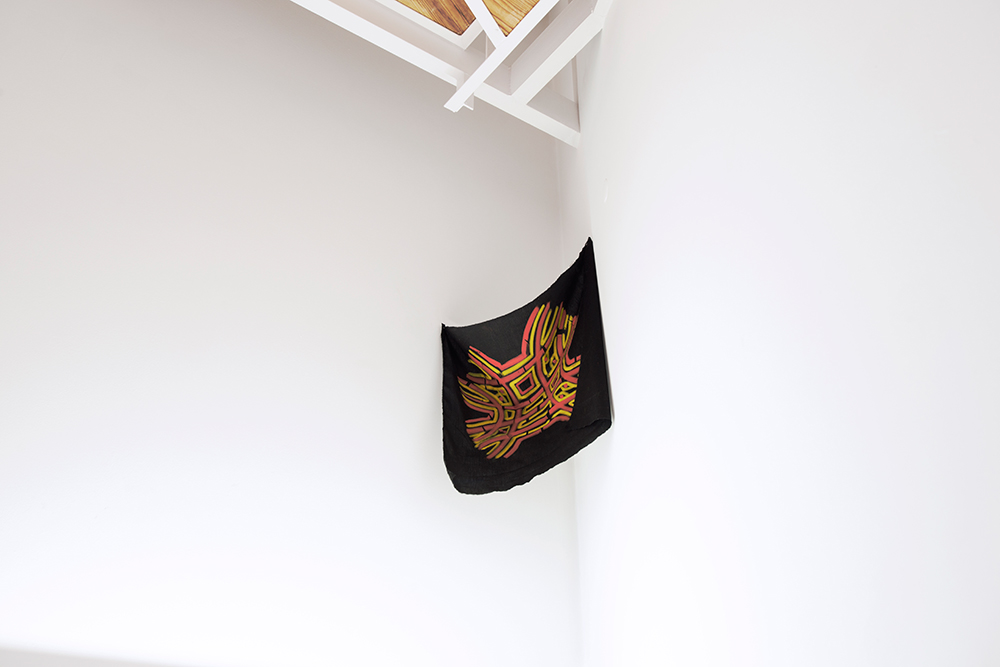
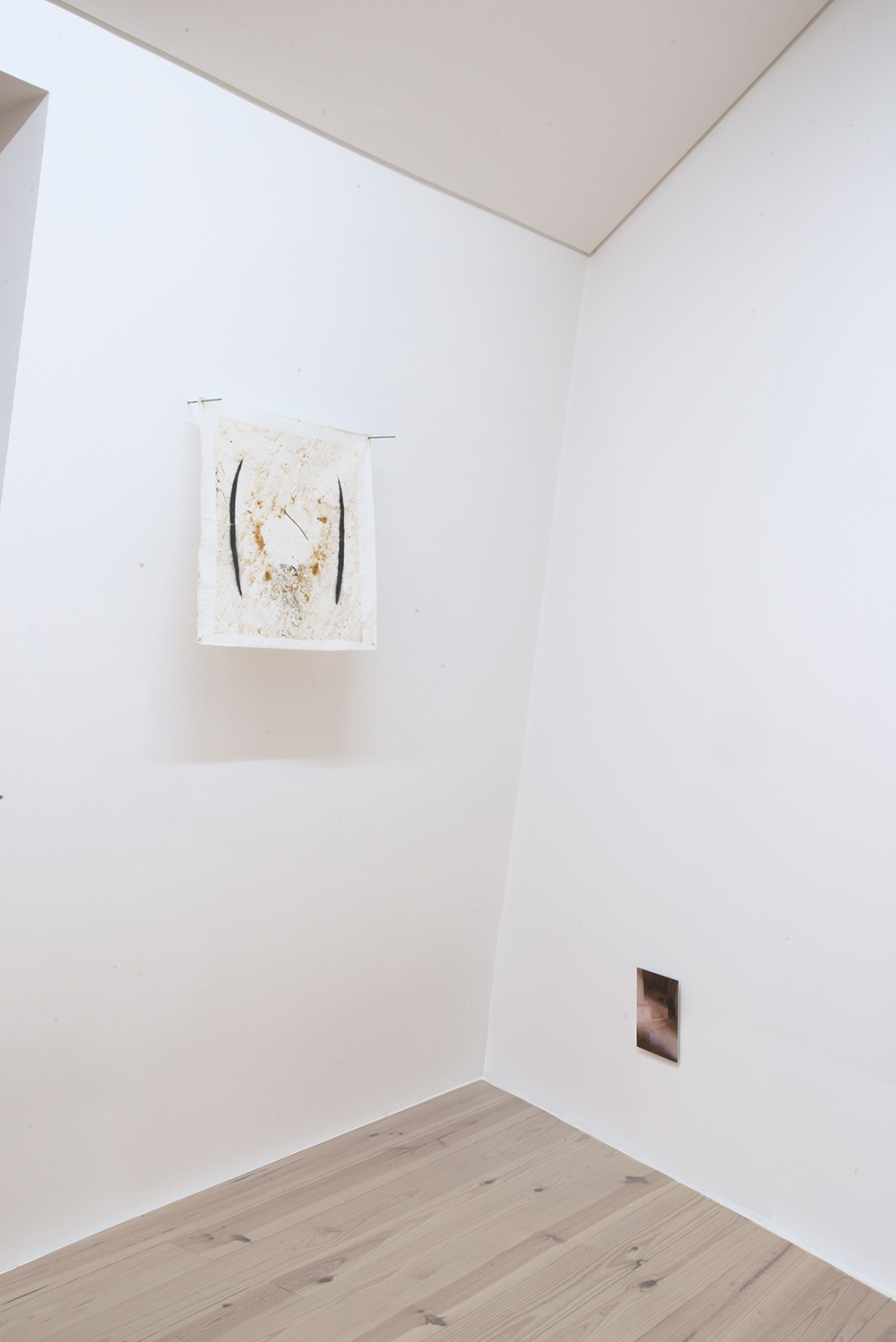
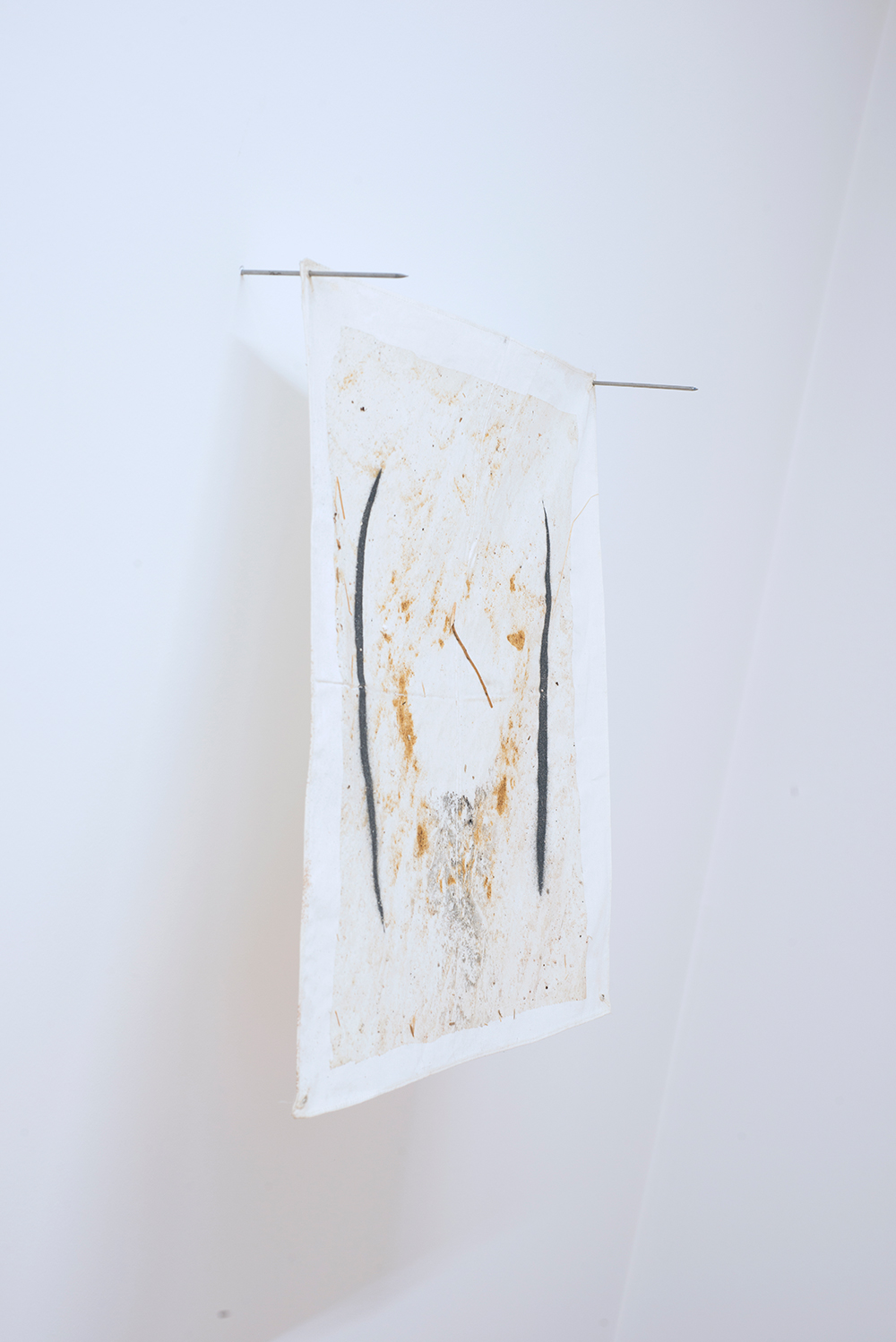
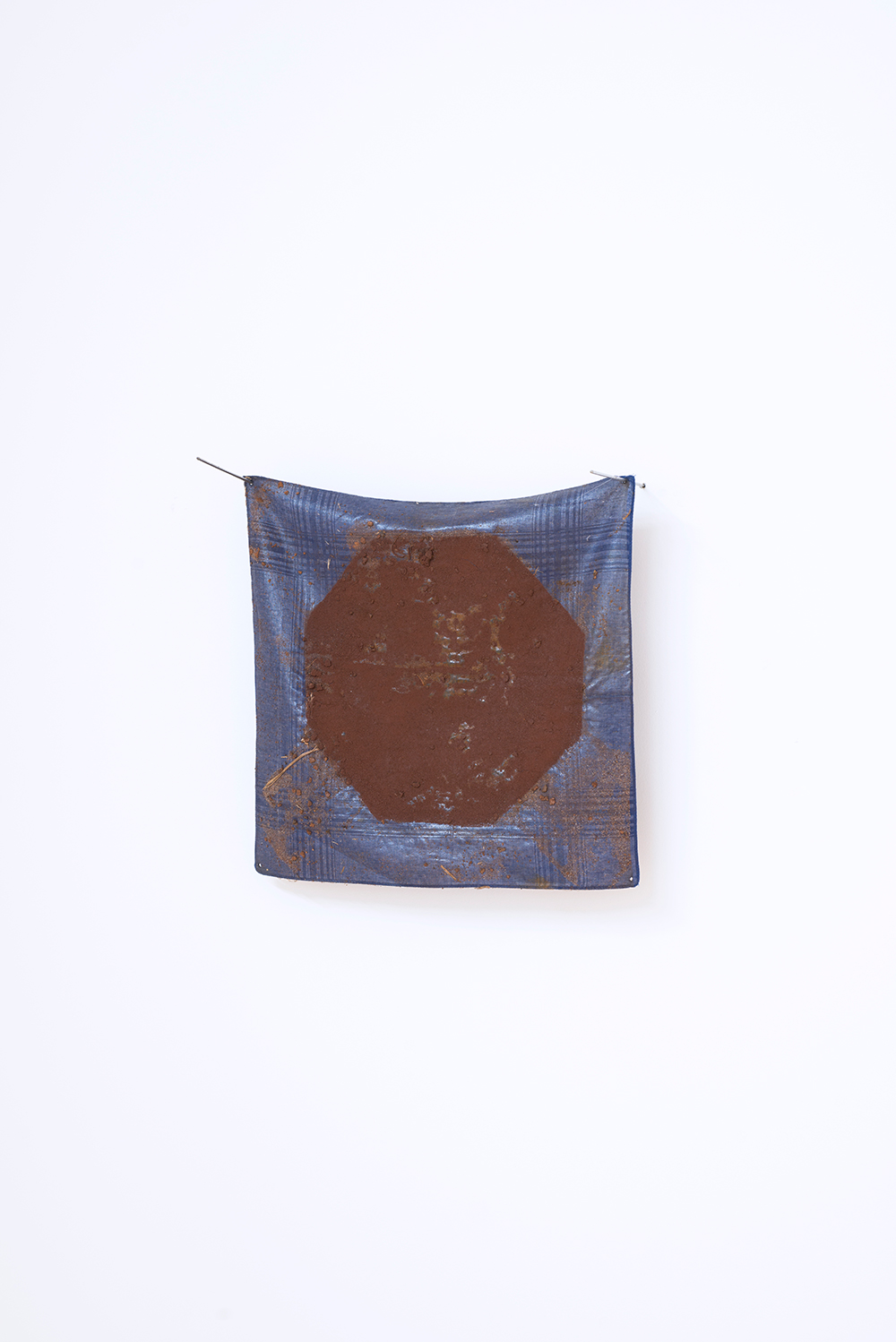

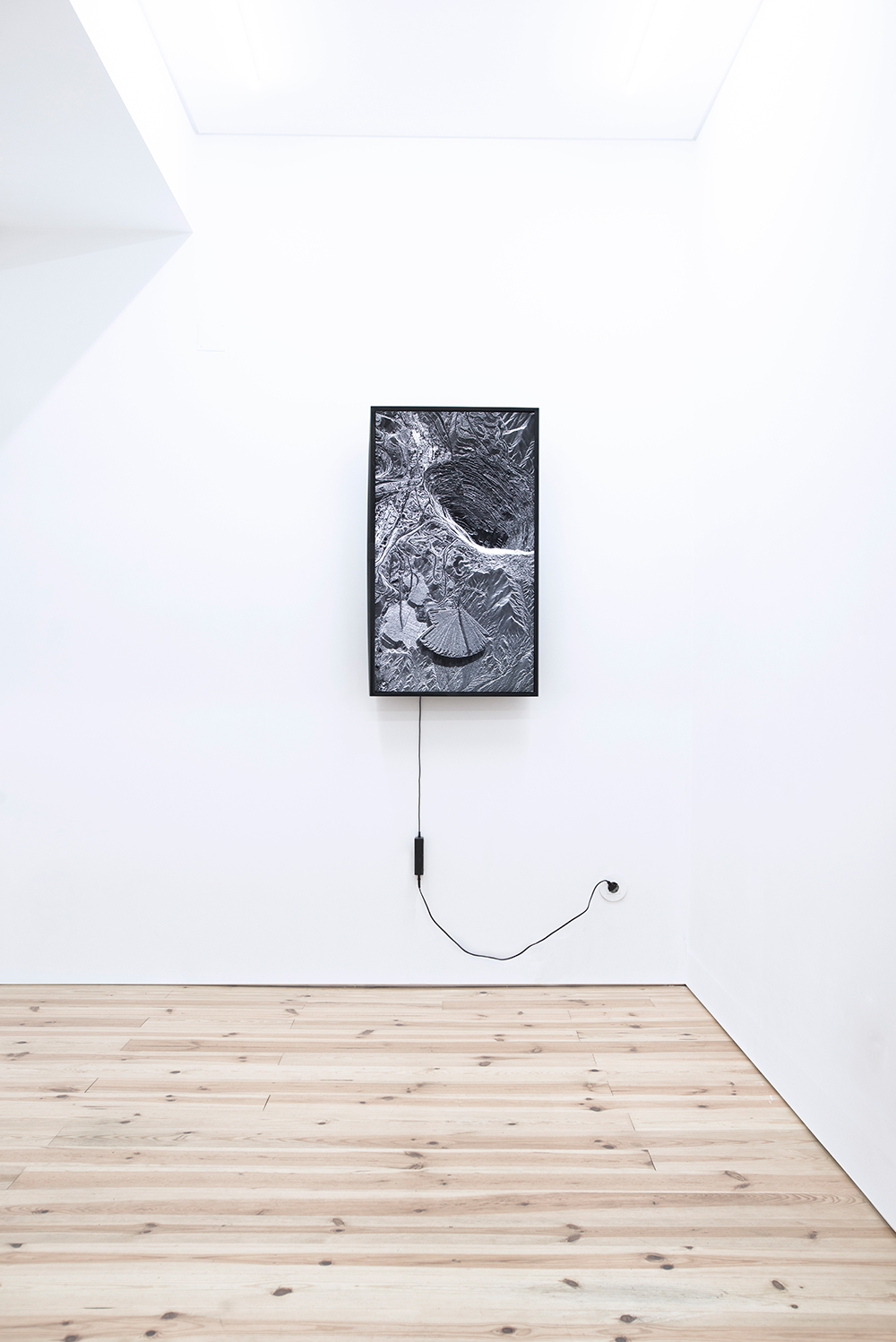

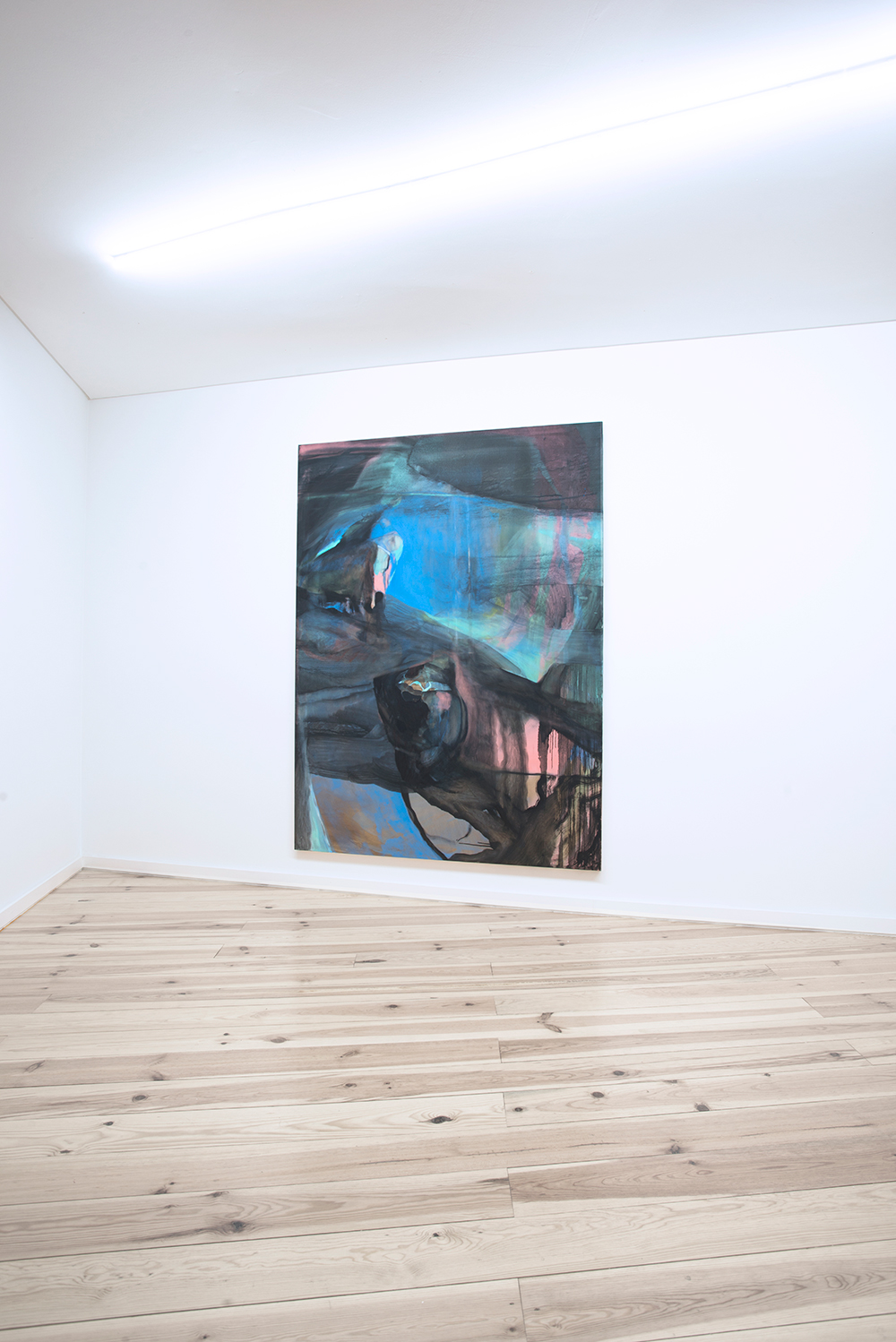
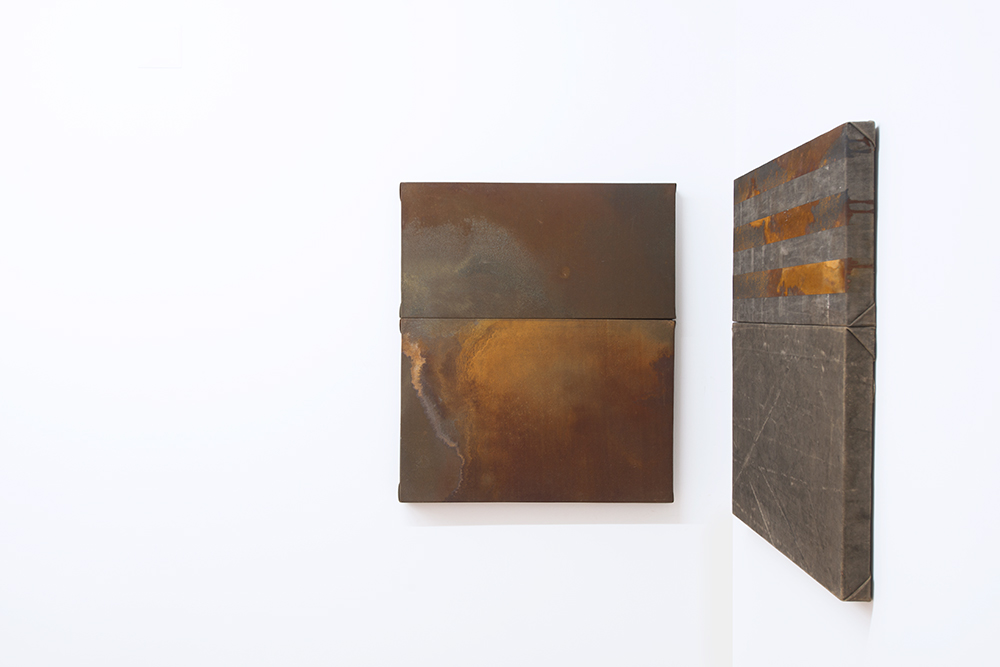

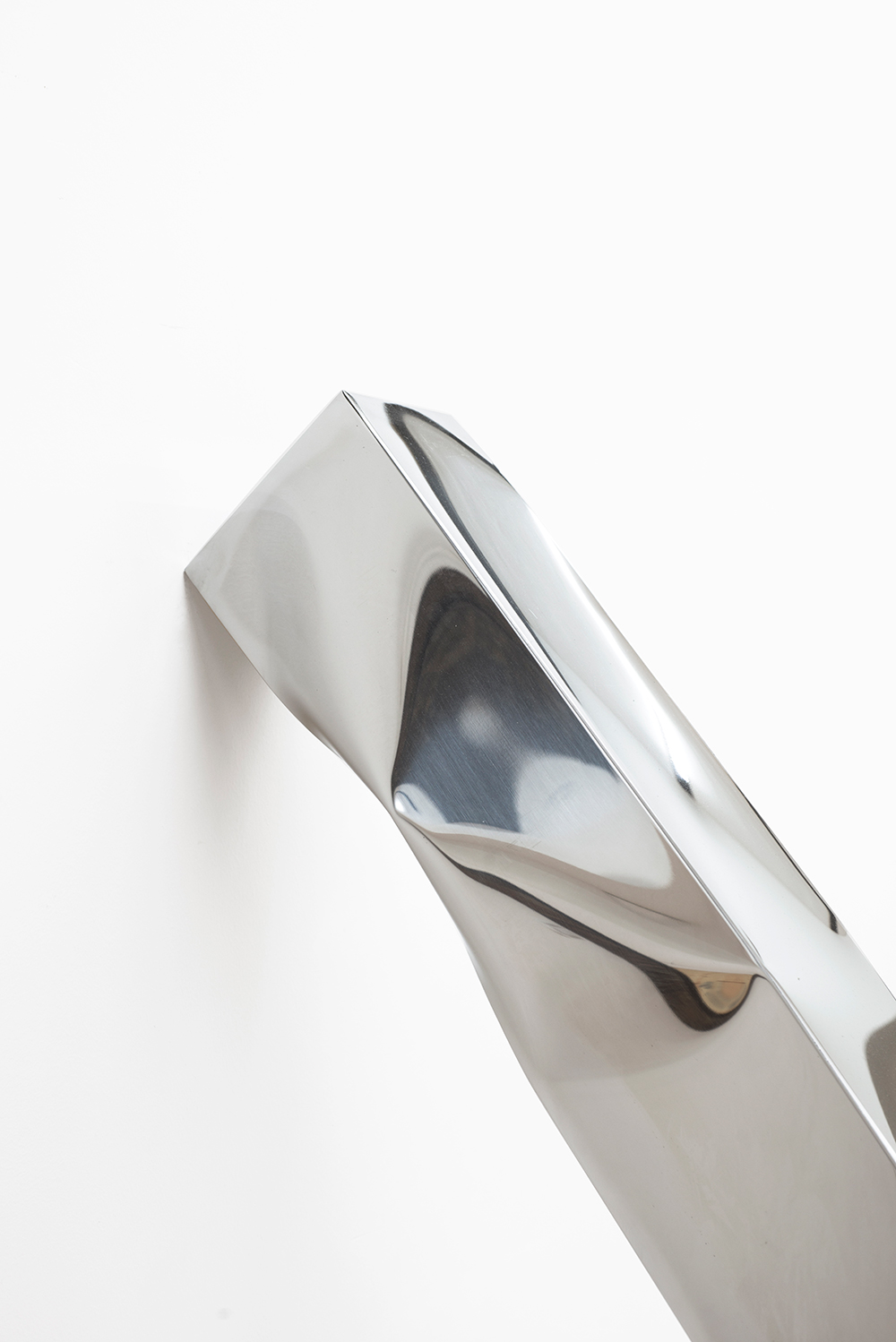
Well, It's Just An Ocean Between
CABELO -/- CARLOS VERGARA -/- JOÃO PAULO SERAFIM -/- JOSÉ BECHARA
PAULO ARRAIANO -/- PEDRO BATISTA -/- RAUL MOURÃO -/- SANDRA BAÍA
(EN)
Curated By TAL And Jacaranda -/- Text By Cláudia Camacho
Platform, cultural producer and contemporary art gallery TAL founded in 2011, in Rio de Janeiro is expanding its territory and came to Portugal in 2017. For the exhibition Well, It’s Just an Ocean Between TAL invited Jacaranda - a crossmedia art platform created to promote Brazilian Contemporary Art in the international art circuit -, proposing a dialogue between four contemporary Brazilian artists (Carlos Vergara, José Bechara, Raul Mourão and Cabelo) and four contemporary Portuguese artists from the new generation (João Paulo Serafim, Paulo Arraiano, Sandra Baía and Pedro Batista). Well, It’s Just an Ocean Between is an exhibition that brings together the wishes and artistic practices of two countries so close even 4040 nautical miles away.
Plato's philosophy was expressed and transmitted through dialogue, having in its origin the dialectic, that is, the "path between ideas" that is drawn methodologically through oppositions and contradictions of ideas, which lead us to new ideas. Dialogue, with Plato's Dialogues, thus emerges as a form of creation. Between Brazil and Portugal, the dialogue has crossed, through the centuries, sinuous paths. Between guilt and redemption, the historical reason will always refer us to the silences that colonial behaviour imprinted both in the distant past, as in a present marked by the mnemonic scar. It is difficult to find another way of communicating the works of these eight artists exposed, if not by the dialogical way, finding points in common, divergent points, mirrors, symbioses, analogies, dichotomies. " Two monologues never made a dialogue." (Edward A. Murphy).
Carlos Vergara | João Paulo Serafim The work of Carlos Vergara (Rio Grande do Sul, 1941) embodies a perspicacious phrase of Goethe: "Nature and art seem to move away, but before we think it they have already met." Like Nature, his artworks assume its unpredictability. In his pictorial registers Nature enters the color, draws the form, sculpts the two-dimensionality. When the works are transported to the museum environment, the natural oxidations, the botanical DNA, and the animal tracks that so often inhabit his body of work are restless. It seems to find no cataloging in the collections, reserves and archives of museological institutions so often scrutinized in the work of João Paulo Serafim (Paris, 1974). There, we find frozen, in aesthetically serene images, the historical and sociological riots trapped in silent surroundings, embraced by relative humidity and temperature. Nature is almost always superior to itself.
José Bechara | Sandra Baía The course/route of José Bechara (Rio de Janeiro, 1957) stresses between the two-dimensional and three-dimensional planes, transmuting from one to the other in an excellent way. Complementing each other, integrating each other. In painting and in sculpture, filling spaces or emptying them is done in a geometrically existential way. In Bechara there is an accidental balance that is supported by the pieces of Sandra Baía (Lisbon, 1968): interiors that show itselves, exteriors that wants to hide, irregular formalism. The volumetries of Sandra Baía hide the fragility of those who are mirrored and face-to-face with human vulnerability. And when this encounter takes place, the matter bends over itself. The sculptures bends, crinkle and sometimes ashamed of (itself).
Raul Mourão | Paulo Arraiano Raul Mourão (Rio de Janeiro, 1967) and Paulo Arraiano (Cascais, 1977) in different but complementary ways find in space an absence of centre. Raul Mourão through steel, iron and plastic tubes defies the force of the movement giving shape to empty planes that only seem fragile and that sway each other. Sculptures where speed stops to be speedy, and where apparent equilibrium constantly interrogates us. The artworks of Raul Mourão never end in its physical borders, those that Paulo Arraiano outlines so subtly in his work, not only pictorial. The physical and immaterial territories collide in an orbital way with emotions. Post-human sediments that interrogate the root, Nature, and the gravitational essence of a body. Digital communications crossed between Earth and Heaven in an abstract landscape, act of Being.
Cabelo | Pedro Batista in this show, the urban aesthetics gathers the artistic paths of Cabelo (Cachoeiro do Itapemirim, 1967) and Pedro Batista (1980). Firm but wavy traces, trimmed by primitive improvisation. They are still raw images with a palette of color that seduces us. Cabelo gets carried away by funk, Pedro Batista by hard-core punk. There is a territorial dimension that delineates the work of both artists and the street dictates the coordinates. It is the space of dreams, of freedom, of the endless sequence of paths, crossroads and alleys. Errors and accuracy, leaving and not returning.
"The dialogue must be simply a sound, among other sounds, just something that comes out of the mouths of people whose eyes tell the story in visual terms." (Alfred Hitchcock)
(PT)
Curadoria de TAL e Jacaranda -/- Texto de Cláudia Camacho
A TAL, plataforma, produtora cultural e platafotma de artecontemporânea fundada em 2011, no Rio de Janeiro, decidiu expandir oseu território de atuação e chegou a Portugal, em 2017. Para a exposição intitulada ‘Well, It’s Just an Ocean Between‘ decidiu endereçar um convite à Jacaranda - plataforma de arte crossmedia criada para a divulgação da Arte Contemporânea Brasileira no circuito internacional de arte -, propondo um diálogo entre quarto artistas contemporâneos brasileiros consagrados (Carlos Vergara, José Bechara, Raul Mourão e Cabelo) e quatro artistas contemporâneos portugueses da nova geração (João Paulo Serafim, Paulo Arraiano, Sandra Baía e Paulo Batista). Well, It’s Just an Ocean Between é uma exposição que congrega vontades e práticas artísticas de dois países tão próximos mesmo distando entre si 4040 milhas náuticas. A filosofia de Platão foi expressa e transmitida por via do diálogo tendo na sua origem a dialética, ou seja, o “caminho entre as ideias” que é desenhado metodologicamente através de contraposições e contradições de ideias, que nos levam a novas ideias. O diálogo, com os Diálogos de Platão, surge assim como uma forma de criação. Entre Brasil e Portugal, o diálogo percorreu, ao longo dos séculos, caminhos sinuosos. Entre culpas e redenções, a razão histórica irá sempre remeter-nos para os silêncios não dialogados que os comportamentos coloniais imprimiram tanto num passado longínquo, como num presente massacrado pela cicatriz mnemónica. É difícil encontrar outra forma de fazer comunicar as obras destes oitos artistas expostos se não pela via dialógica, encontrando pontos em comum, pontos discordantes, espelhismos, simbioses, analogias, dicotomias.
“Dois monólogos nunca fizeram um diálogo.” (Edward A. Murphy)
Carlos Vergara | João Paulo Serafim
O trabalho de Carlos Vergara (Rio Grande do Sul, 1941) encarna muito bem uma perspicaz frase de Goethe: “A natureza e a arte parecem afastar-se, mas antes que o pensemos já elas se encontraram.” As peças de Vergara, assim como a Natureza, assumem a sua imprevisibilidade. Nos seus registos pictóricos a Natureza entranha a cor, desenha a forma, esculpe a bidimensionalidade. Quando as suas obras são transportadas para o ambiente museológico as oxidações naturais, o ADN botânico e as pegadas de animais que tantas vezes habitam o seu corpo de trabalho inquietam-se. Parecem não encontrar catalogação nos acervos, reservas e arquivos de instituições museológicas tantas vezes escrutinadas no trabalho de João Paulo Serafim (Paris, 1974). Lá, encontramos congelados, em imagens esteticamente serenas, os rebuliços históricos e sociológicos aprisionados em ambientes silenciosos, abraçados por humidade e temperatura relativas. A natureza é quase sempre superior a ela mesma.
José Bechara | Sandra Baía
O percurso de José Bechara (Rio de Janeiro, 1957) tensiona entre os planos bidimensional e tridimensional, transmutando-se de um para o outro de uma forma exímia. Complementam-se, integram-se. E tanto na pintura como na escultura o preenchimento dos espaços ou o esvaziamento dos mesmos são feitos de forma geometricamente existencial. Há em Bechara um equilíbrio acidental que é sustentado pelas peças de Sandra Baía (Lisboa, 1968): interiores que se mostram, exteriores que se querem esconder, formalismos irregulares. As volumetrias de Sandra Baía escondem a fragilidade de quem se espelha e se encontra frente-a-frente com a vulnerabilidade humana. E quando se dá esse encontro a própria matéria se verga sobre si. As esculturas curvam-se, enrugam-se e, algumas vezes, envergonham-se.
Raul Mourão | Paulo Arraiano
Raul Mourão (Rio de Janeiro, 1967) e Paulo Arraiano (Cascais, 1977) de formas diferentes, mas complementares, encontram no espaço uma ausência de centro. Raul Mourão através do aço, ferro e tubos de plástico desafia a força do movimento dando forma, só aparentemente fragilizada, a planos vazios que balançam entre si. São esculturas onde a velocidade deixa de ser veloz e, onde o equilíbrio aparente, constantemente, nos interroga. Os trabalhos de Raul Mourão nunca terminam nas suas fronteiras físicas, aquelas que Paulo Arraiano contorna de forma tão subtil no seu trabalho, não só pictórico. Os territórios físico e imaterial colidem de forma orbital com o emocional. Sedimentos pós-humanos que interrogam a raíz, a natureza, a essência gravitacional de um corpo. Comunicações digitais cruzadas entre a Terra e o Céu numa paisagem abstracta, acta do Ser.
Cabelo | Pedro Batista
A estética urbana une, nesta exposição, os percursos artísticos de Cabelo (Cachoeiro do Itapemirim, 1967) e Pedro Batista (1980). Traços firmes mas ondulantes, aparados por um improviso primitivo. Não deixam de ser imagens cruas com uma paleta de cor que nos seduz. Cabelo deixa-se embalar pelo funk, Pedro Batista pelo hard-core punk. Há uma dimensão territorial que geografa o trabalho de ambos e é a rua que dita as coordenadas. É o espaço dos sonhos, da liberdade, da sequência infindável de caminhos, cruzamentos e becos. De erros e acertos, de idas e não regressos. “HYPERLINK "http://kdfrases.com/frase/119830" O diálogo deve ser simplesmente um som, entre outros sons, apenas algo que sai da boca de pessoas cujos olhos contam a história em termos visuais.” ( HYPERLINK "http://kdfrases.com/autor/alfred-hitchcock" Alfred Hitchcock)
